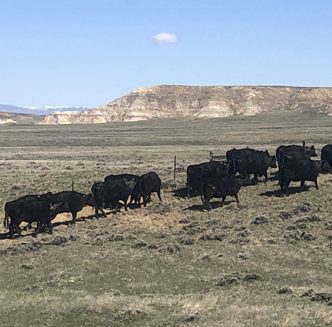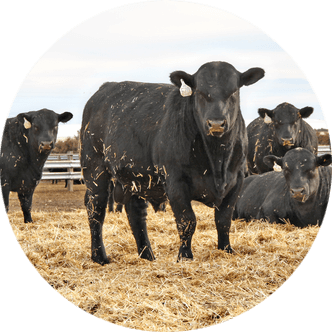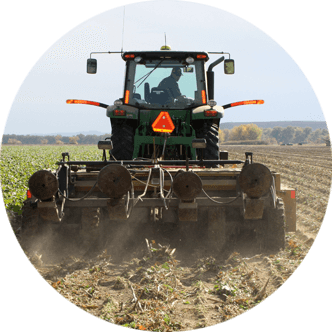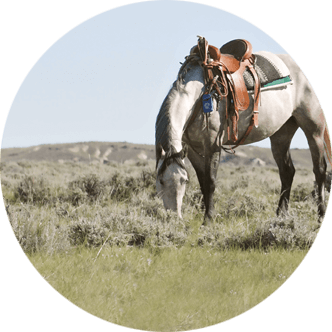USDA NRCS publishes April water supply outlook ahead of 2025 planting season
Many Wyoming growers rely heavily on streamflow which originates as accumulative snowfall at higher elevations throughout the winter and early spring, especially as they begin focusing on the coming year’s harvest.
On April 1, the U.S. Department of Agriculture’s Natural Resources Conservation Service (NRCS) published the April 2025 Wyoming Basin and Water Supply Outlook Report, which analyzes snowpack, precipitation, streamflow and reservoir storage across the state of Wyoming, just in time for growers to gauge water supply ahead of the 2025 planting season.
The report assesses the water supply outlook for the entire state of Wyoming, as well as individual basins including the Snake River, Madison Headwaters, Yellowstone River, Wind River, Big Horn River, Shoshone River, Powder River, Tongue River, Belle Fourche River, Cheyenne River, Upper North Platte River, Lower North Platte River, Laramie River, Sweetwater River, South Platte River, Little Snake River, Upper Green River, Lower Green River and Upper Bear River basins.
Snowpack and precipitation
According to NRCS, snow water equivalent (SWE) across the state of Wyoming was 91 percent of median as of April 1. The highest SWE was reported in the Wind River Basin at 111 percent of median, and the lowest SWE was reported in the Cheyenne River Basin at 46 percent of median.
The report also shows the Belle Fourche River, Cheyenne River, Lower North Platte River, Powder River and South Platte River basins were below 90 percent of the median SWE recorded from 1991 to 2020.
Additionally, the report notes the Wind River Basin saw the highest precipitation over the past month at 161 percent of median, while the Cheyenne River Basin saw the lowest amount at 97 percent of median.
Streamflow yields
NRCS expects median streamflow yields in all Wyoming basins – except the Cheyenne, Little Snake, Upper Green and Lower Green – to average 104 percent from April through September.
Streamflow yields for these four exceptions are expected to average 81 percent, 88 percent, 96 percent and 100 percent, respectively, from April through July.
Expected streamflow yields for individual basins across the state include the Powder River Basin at 76 percent of median, the Tongue River Basin at 83 percent of median, the Big Horn River Basin at 92 percent of median and the Yellowstone River Basin at 100 percent of median.
Other streamflow yields outlined in the report include the Snake River Basin at 103 percent of median, the Upper North Platte River Basin at 106 percent of median, the Lower North Platte River Basin at 108 percent of median, the Laramie River Basin at 109 percent of median, the Shoshone River Basin at 111 percent of median, the Wind River Basin at 117 percent of median and the Sweetwater River Basin at 122 percent of median.
Reservoir storage
For the entire state of Wyoming, NRCS reports average reservoir storage at 98 percent of median.
Reservoirs reporting numbers below median included those in the Big Horn and Cheyenne river basins, both at 84 percent of median; the Belle Fourche River Basin at 86 percent of median and the Buffalo Bill Reservoir on the Shoshone River at 89 percent of median.
The Lower North Platte River, Upper North Platte River, Big Horn River and Lower Green River reservoirs reported numbers at 92 percent, 93 percent, 98 percent and 99 percent, respectively.
Reservoirs on the Snake River and Upper Green River were above median, posting numbers at 103 percent and 106 percent, respectively.
Hannah Bugas is the managing editor of the Wyoming Livestock Roundup. Send comments on this article to roundup@wylr.net.





